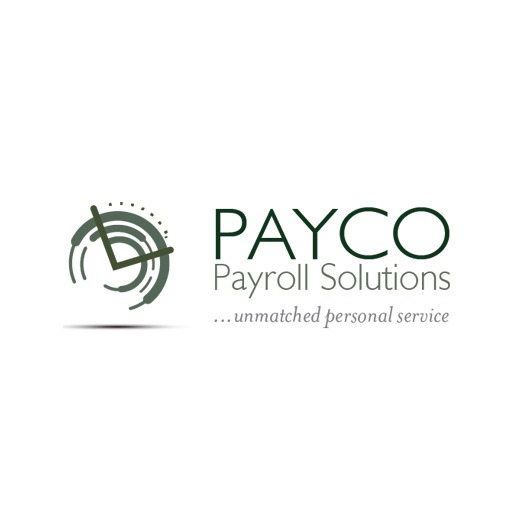Switching payroll providers can feel overwhelming, but it doesn’t have to be. Whether you’re looking to upgrade services, reduce costs, or find better customer support, making the transition smooth is key to avoiding disruptions in your payroll process. Understanding what steps to take can make the switch seamless and stress-free.
To start, it’s important to thoroughly assess your current payroll system. Identify what works well and what doesn’t, so you can find a new provider that better meets your needs. Knowing exactly what your business requires helps in making an informed decision.
Once you’ve assessed your system, research potential new providers. Look for ones that offer the services and features you need, and compare their pricing, customer reviews, and support options. Choosing the right provider sets the foundation for a smooth transition.
Preparing for the switch involves planning and coordination. Gather all necessary information, communicate with your team, and work closely with your old and new providers to ensure data is transferred accurately.
After the transition, it’s crucial to evaluate the new system. Check for any discrepancies and ensure everything is running smoothly. By following these steps, you can switch payroll providers without any major hiccups, maintaining smooth payroll operations throughout the process.
Assessing Your Current Payroll System and Needs
Before switching payroll providers, it’s crucial to assess your current payroll system and understand your needs. Start by evaluating what works well in your current system. Identify features that streamline your payroll process, such as direct deposit, tax filing, and reporting capabilities. Knowing what meets your needs helps ensure you look for these features in a new provider.
Next, identify the pain points in your current payroll system. Are you facing issues with inaccurate paychecks, compliance problems, or lack of customer support? Make a list of these problems to help pinpoint what to avoid in a new payroll provider. Knowing your challenges helps you find a solution that will enhance your payroll process.
Consider your business’s specific needs, such as the number of employees, frequency of payroll processing, and any unique payroll requirements. For instance, if you have remote workers, look for a provider to handle multi-state payroll compliance. Being clear about your needs helps you choose a provider that offers the right level of support and features.
Researching and Choosing a New Payroll Provider
Choosing a new payroll provider involves thorough research. Start by exploring providers that offer the features you identified as essential. Look into their reputation, customer reviews, and case studies to understand if they can effectively meet your needs. Prioritize providers with positive feedback on reliability and customer service.
Next, compare the pricing structures of different payroll providers. Determine what is included in their fees, such as setup costs, per-employee charges, and fees for additional services. Understanding the costs helps you choose a provider that fits your budget while delivering all necessary services.
Another important factor is customer support. Look for a provider that offers robust support options, including phone, email, and live chat. Ensure they provide dedicated support during payroll runs and compliance updates, as having access to support when you need it can prevent many potential issues.
Lastly, evaluate the technology and integration capabilities of the new payroll providers. Check if they offer cloud-based solutions and integrate them with your current accounting or HR systems. Seamless integration minimizes disruptions and ensures a smooth transition.
Preparing for the Transition Process
Preparing for the transition to a new payroll provider is vital for ensuring a smooth switch. Start by gathering all necessary documentation, such as employee information, tax records, and current payroll data. Having all the information at hand helps avoid delays and reduces the chances of errors during the transition.
Next, communicate with your team about the upcoming change. Inform your employees about what to expect during the transition period, including any temporary disruptions to payroll processing. Clear communication minimizes confusion and helps them gain cooperation throughout the switch.
Coordinate closely with both your old and new payroll providers during the transition. Set up a timeline for the transfer of data and ensure that both parties understand their roles and responsibilities. This cooperation helps in transferring data accurately and setting up the new system efficiently. Conducting a parallel run, where both old and new systems operate simultaneously for a short period, can help identify and fix issues before fully migrating to the new provider.
Ensuring a Smooth Transition and Post-Switch Evaluation
Ensuring a smooth transition involves ongoing monitoring and evaluation. After the new payroll system is up and running, closely monitor the initial payroll cycles to verify that everything is functioning correctly. Check for any discrepancies in payments, tax withholdings, and employee records. Promptly addressing any issues that arise helps maintain confidence in the new system.
Solicit feedback from your employees about the new payroll process. Their experiences and insights can highlight any problems you might not have noticed. This feedback is valuable for making necessary adjustments and ensuring the system meets everyone’s needs.
Conduct a post-switch evaluation after completing a few payroll cycles with the new provider. Assess the overall performance, including the accuracy of payroll processing, customer support responsiveness, and any improvements over the previous system. Evaluating the new system allows you to identify areas for further optimization and ensures that the transition has been successful.
Conclusion
Switching payroll providers can be a daunting task, but with careful planning and execution, it can be done seamlessly. By assessing your current payroll system, researching and choosing the right provider, preparing thoroughly, and ensuring a smooth transition, you can make this change without disrupting your payroll operations. The goal is to improve efficiency, accuracy, and employee satisfaction with the new payroll system.
A seamless transition is about choosing the right provider and implementing the process with precision and care. By following these steps, you’ll be well on your way to a smoother payroll operation that better serves your business needs.
If you’re ready to switch payroll service providers and want to ensure a smooth transition, contact us at Payco Payroll Solutions. Our expertise can help you navigate the process with confidence and ease. Reach out to learn how we can assist you.





